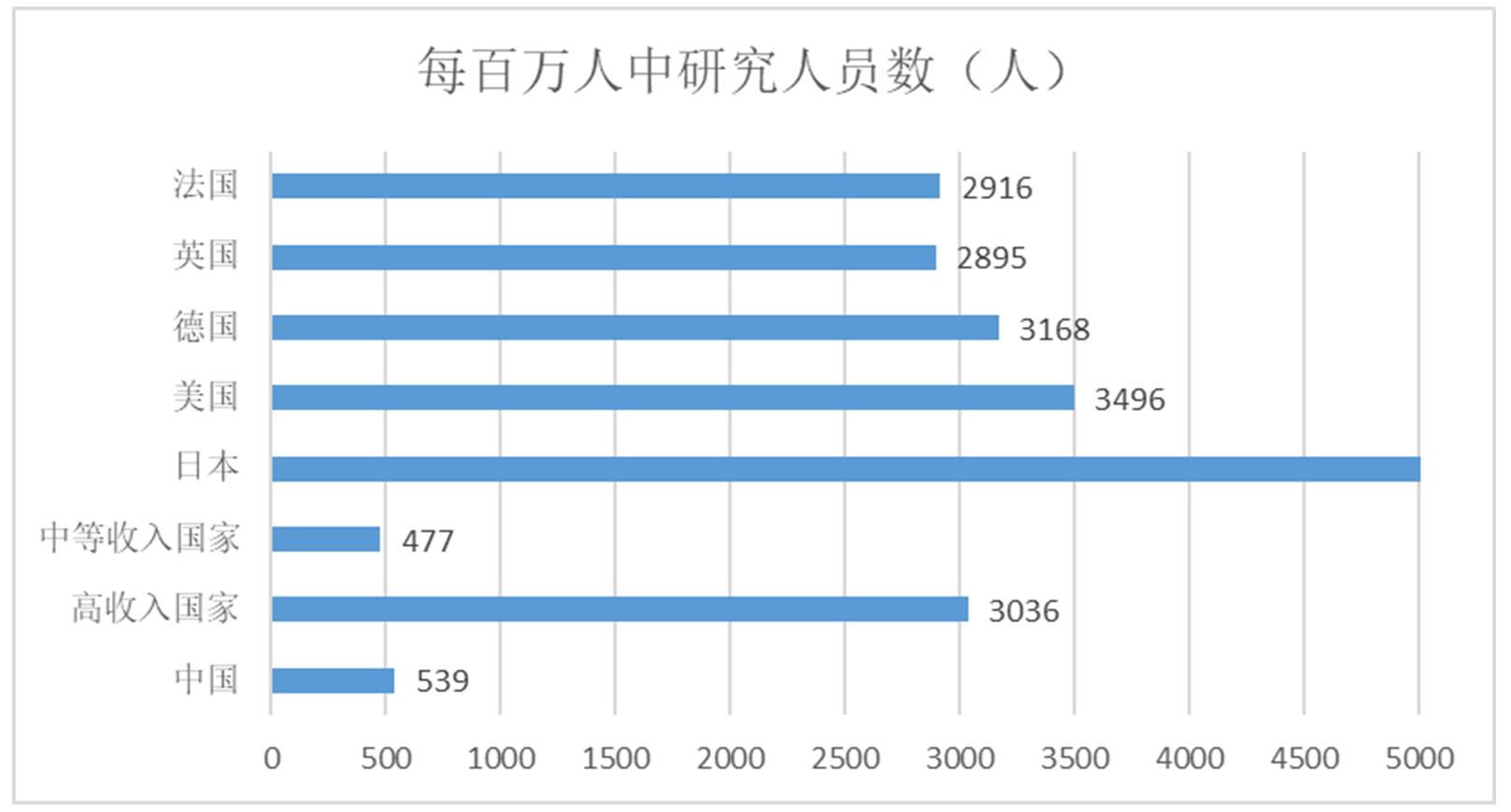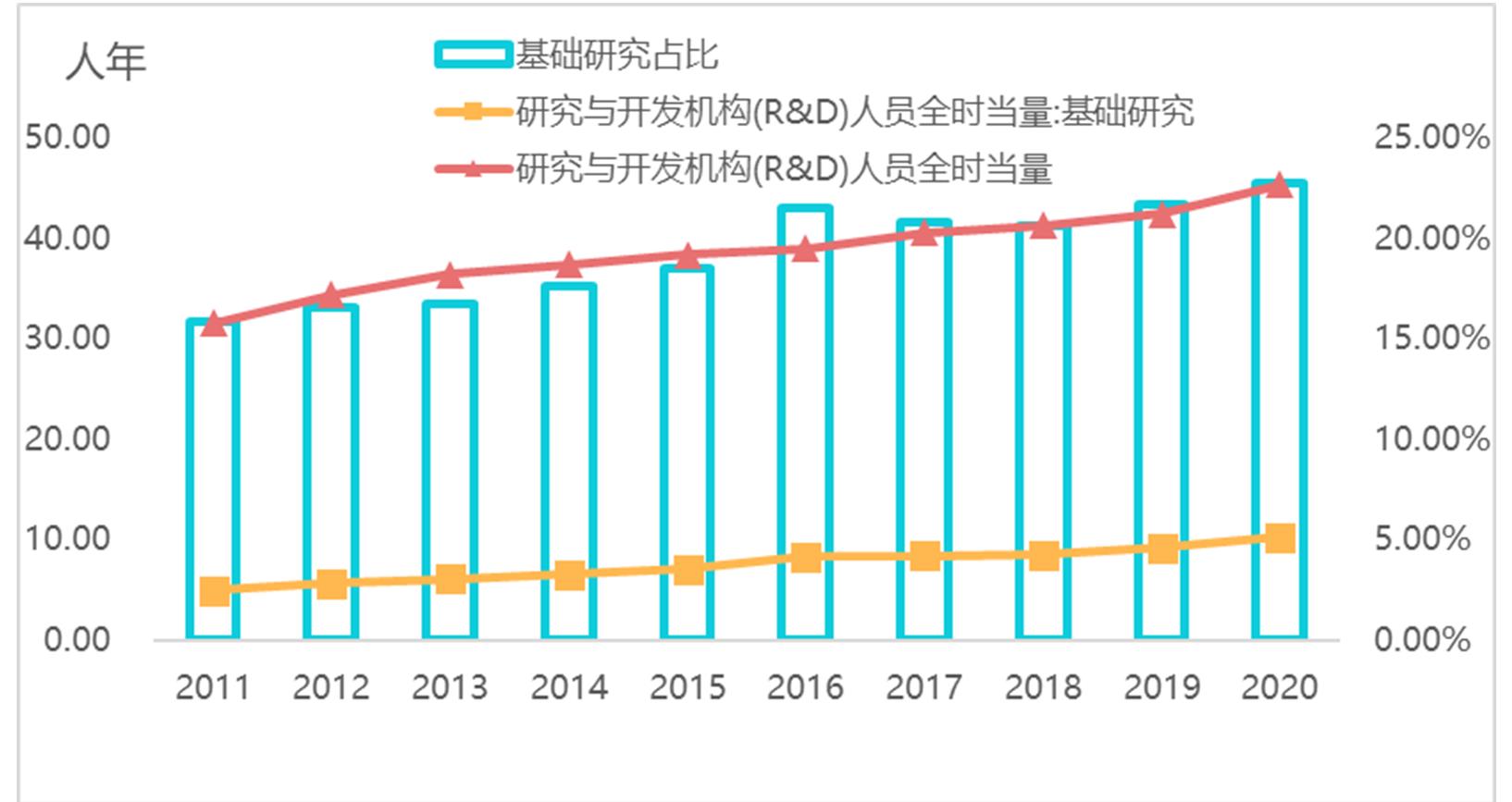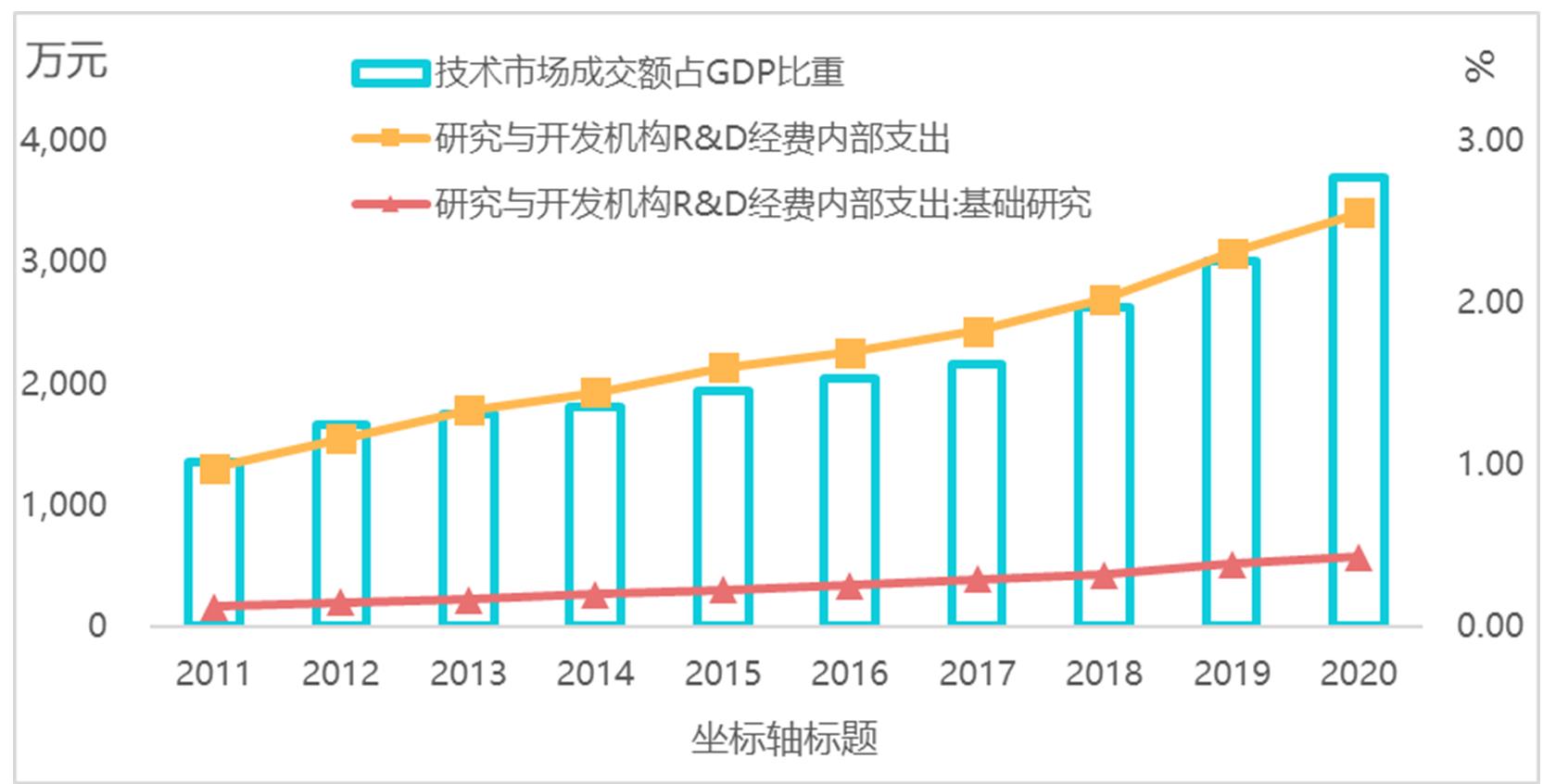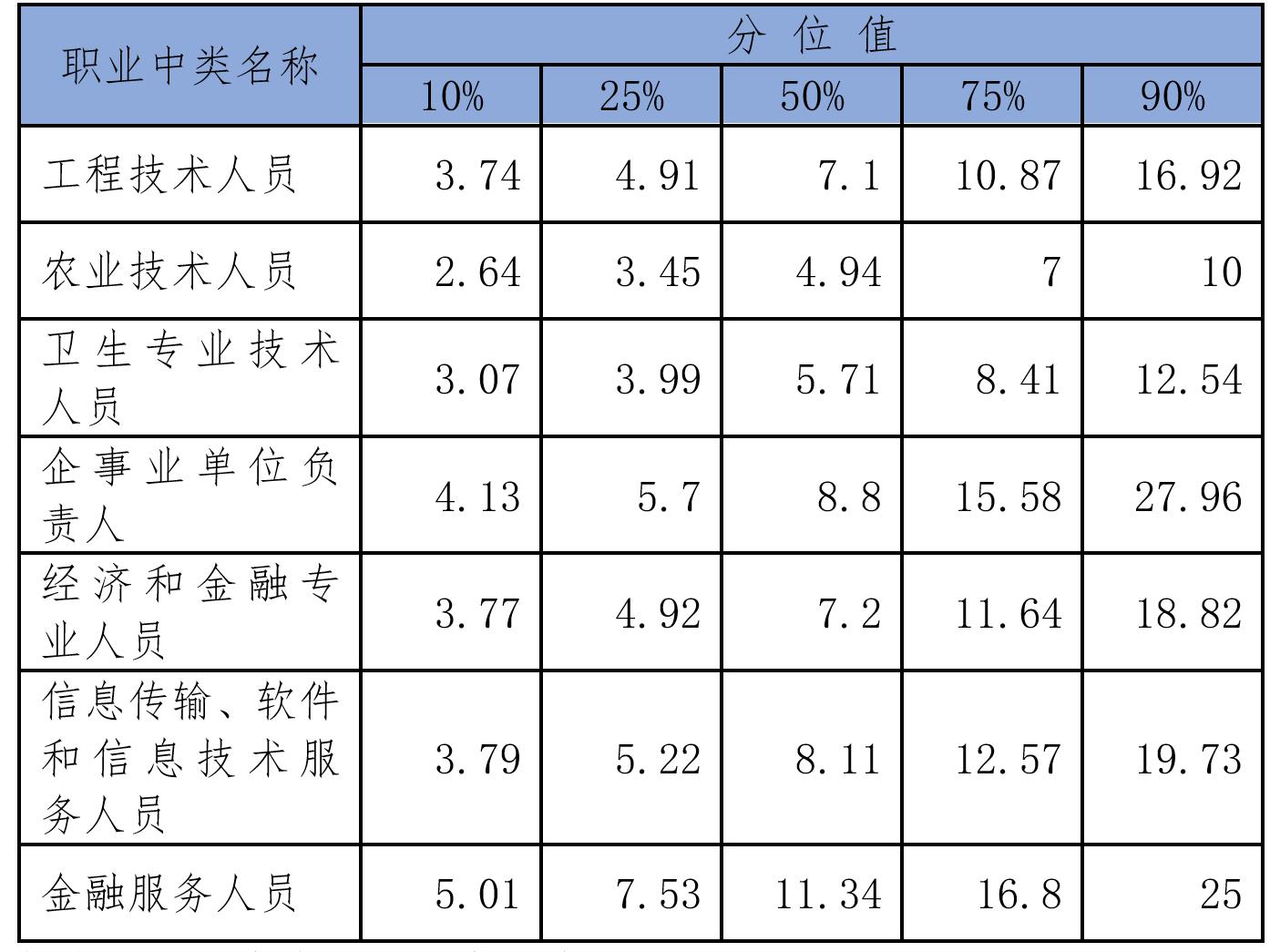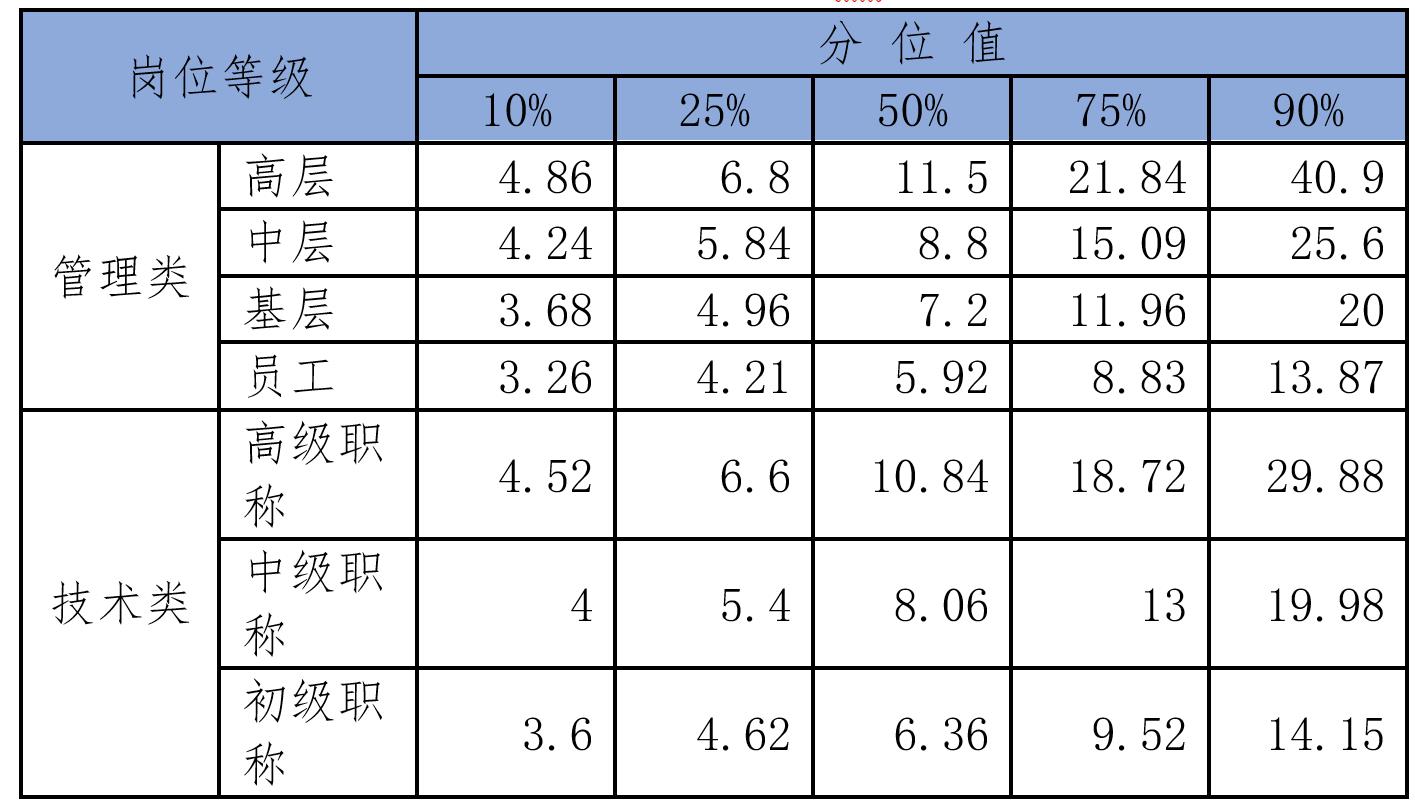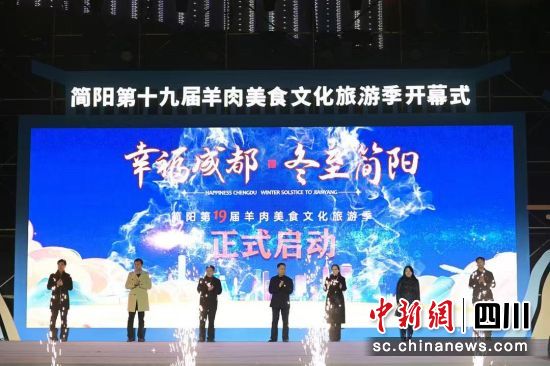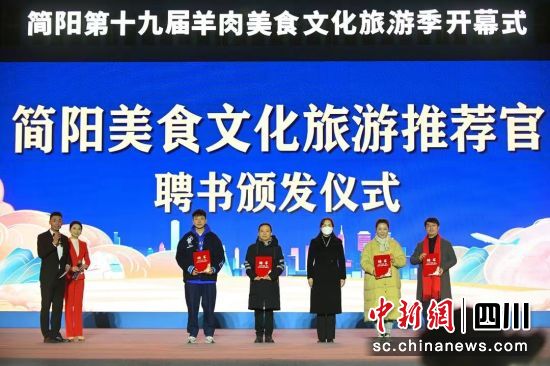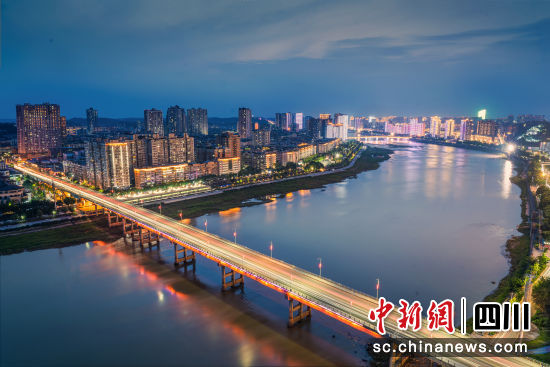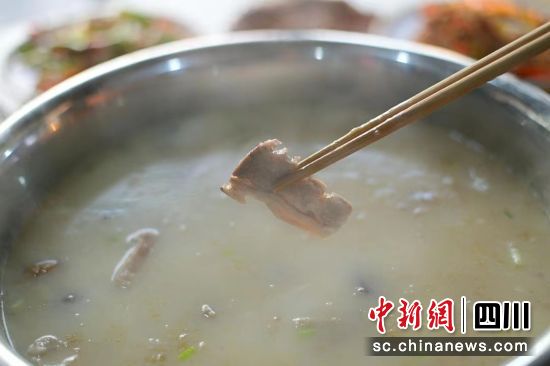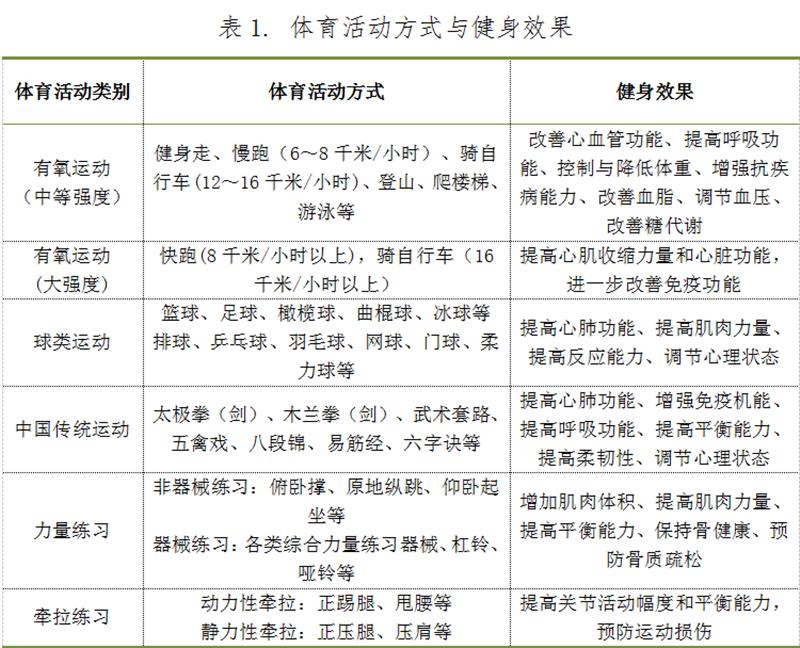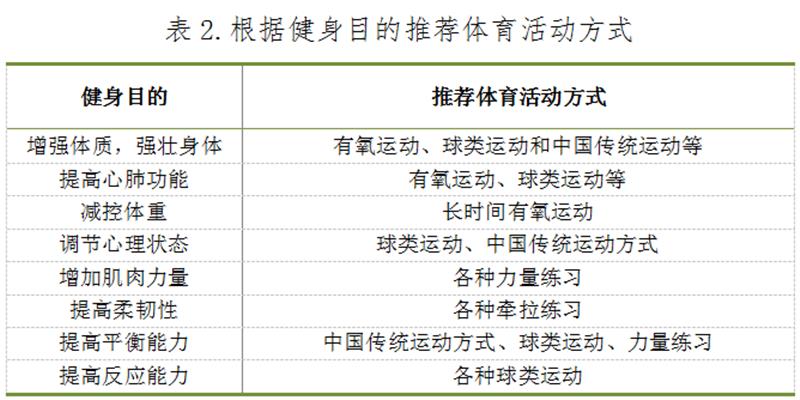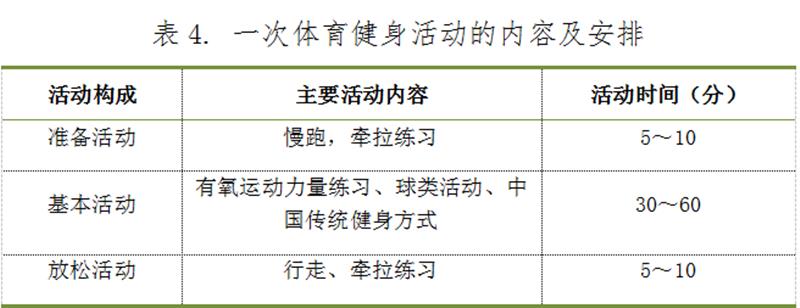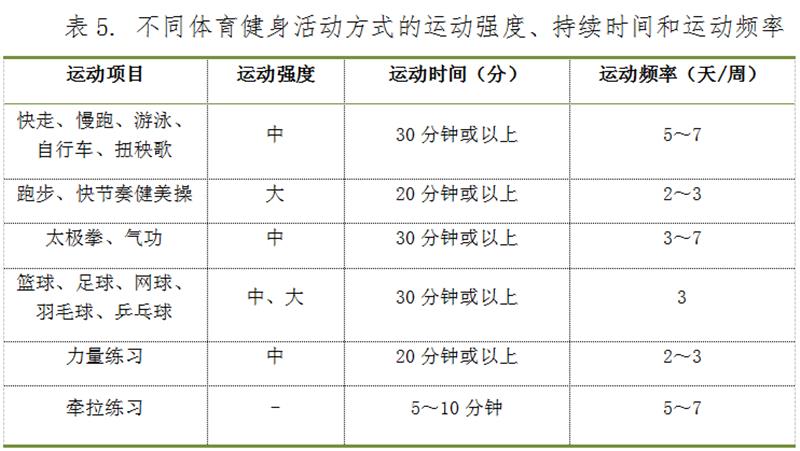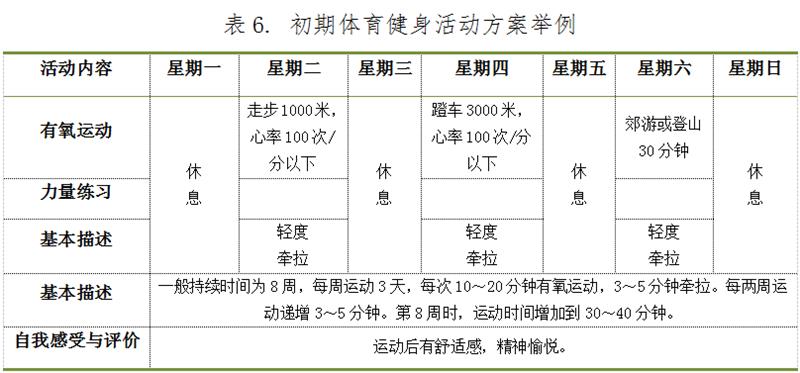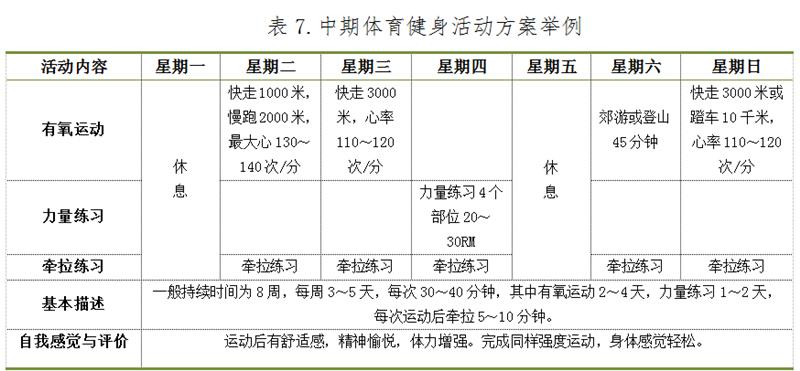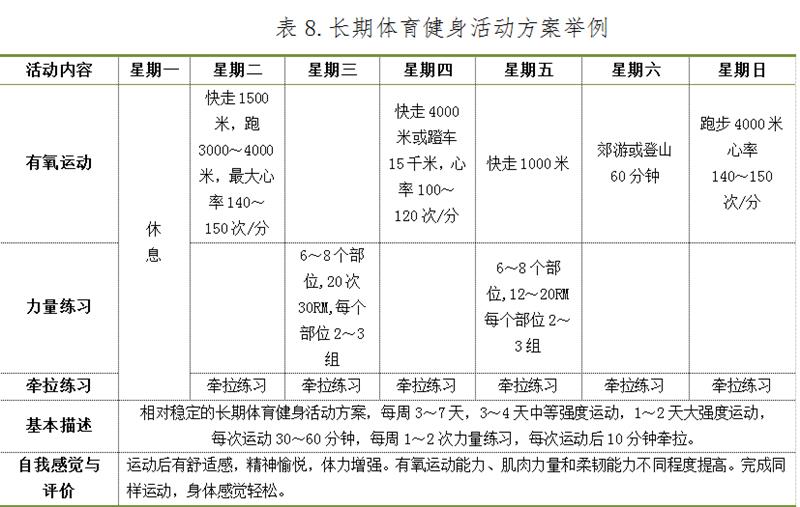General Office of Sichuan Provincial People’s Government   General Office of Chongqing Municipal People’s Government
Notice on printing and distributing some policies and measures to support the healthy development of market players in Chengdu-Chongqing Shuangcheng Economic Circle
Chuan Ban Fa [2022] No.62
People’s governments of cities (prefectures) in Sichuan Province and counties (autonomous counties) in Chongqing, departments and institutions directly under the Sichuan Provincial Government and Chongqing Municipal Government, and relevant units:
"Several policies and measures to support the healthy development of market players in Chengdu-Chongqing double-city economic circle" have been agreed by the Sichuan provincial government and the Chongqing municipal government, and are hereby printed and distributed to you. Please conscientiously implement them according to the actual situation.
General Office of Sichuan Provincial People’s Government   General Office of Chongqing Municipal People’s Government
July 25, 2022
Some policies and measures to support the healthy development of market players in Chengdu-Chongqing twin-city economic circle
In order to fully implement the "Planning Outline for the Construction of Twin Cities Economic Circle in Chengdu-Chongqing Region", fully stimulate the vitality of various market players in Sichuan and Chongqing provinces, and promote the healthy development of market players, the following policies and measures are formulated.
First, increase fiscal and taxation support.
(1) From April 1, 2022 to December 31, 2022, small-scale taxpayers of value-added tax shall be exempted from value-added tax for taxable sales income at the rate of 3%; Prepayment of value-added tax with 3% withholding rate is applicable, and prepayment of value-added tax is suspended. (Responsible units: Sichuan Provincial Department of Finance and Sichuan Provincial Taxation Bureau; Chongqing Municipal Finance Bureau, Chongqing Municipal Taxation Bureau)
(2) Continue the policy of adding and deducting value-added tax in service industry. In 2022, the deductible input tax of taxpayers in production and life service industry will continue to be added and deducted by 10% and 15% respectively. (Responsible units: Sichuan Provincial Department of Finance and Sichuan Provincial Taxation Bureau; Chongqing Municipal Finance Bureau, Chongqing Municipal Taxation Bureau)
(3) Fully implement qualified small and micro enterprises (including individual industrial and commercial households) and manufacturing, scientific research and technical services, electricity, heat, gas and water production and supply, software and information technology services, ecological protection and environmental governance, civil aviation transportation, warehousing and postal services, wholesale and retail, agriculture, forestry, animal husbandry, fisheries, accommodation and catering, residents’ services, repairs and other services, education, health and social work, and culture. (Responsible units: Sichuan Provincial Department of Finance and Sichuan Provincial Taxation Bureau; Chongqing Municipal Finance Bureau, Chongqing Municipal Taxation Bureau)
(4) Increase the pre-tax deduction of equipment and appliances in small and medium-sized enterprises. Small and medium-sized enterprises can purchase new equipment and appliances with a unit value of more than 5 million yuan in 2022. If the minimum depreciation period is 3 years according to the tax law, they can choose to deduct the equipment and appliances before tax in the current year. If the minimum depreciation period is 4 years, 5 years and 10 years, 50% of the unit value can be deducted before tax in the current year, and the remaining 50% can be deducted before tax in the remaining years according to regulations. Losses caused by insufficient deduction in the current year can be carried forward and deducted in the next five tax years. (Responsible units: Sichuan Provincial Department of Finance and Sichuan Provincial Taxation Bureau; Chongqing Municipal Finance Bureau, Chongqing Municipal Taxation Bureau)
(5) If the R&D expenses actually incurred in the R&D activities of small and medium-sized scientific and technological enterprises are not included in the current profits and losses, they will be deducted according to the actual amount from January 1, 2022, and then deducted according to 100% of the actual amount before tax; If intangible assets are formed, they will be amortized before tax according to 200% of the cost of intangible assets from January 1, 2022. (Responsible units: Sichuan Provincial Department of Finance, Sichuan Provincial Taxation Bureau, Science and Technology Department; Chongqing Municipal Finance Bureau, Chongqing Municipal Taxation Bureau, Municipal Science and Technology Bureau)
(6) From January 1, 2022 to December 31, 2024, the part of the annual taxable income of small and meager profit enterprises that exceeds 1 million yuan but does not exceed 3 million yuan shall be included in the taxable income at a reduced rate of 25%, and the enterprise income tax shall be paid at the rate of 20%. (Responsible units: Sichuan Provincial Department of Finance and Sichuan Provincial Taxation Bureau; Chongqing Municipal Finance Bureau, Chongqing Municipal Taxation Bureau)
(7) From January 1, 2022 to December 31, 2024, the resource tax (excluding water resource tax), urban maintenance and construction tax, property tax, urban land use tax, stamp duty (excluding stamp duty on securities transactions), farmland occupation tax, education surcharge and local education surcharge will be reduced by 50%. (Responsible units: Sichuan Provincial Department of Finance and Sichuan Provincial Taxation Bureau; Chongqing Municipal Finance Bureau, Chongqing Municipal Taxation Bureau)
(8) According to the national deployment, on the premise of ensuring that all social insurance benefits are paid in full and on time, on the basis of implementing three social insurance premium policies for five extremely poor industries, such as catering, retail, tourism, civil aviation, highway, waterway and railway transportation, the scope of implementation will be further expanded, focusing on manufacturing enterprises whose industrial chain and supply chain are greatly affected by the epidemic and whose production and operation are difficult. All small and medium-sized enterprises and individual industrial and commercial households that have temporary difficulties in production and operation in areas seriously affected by the epidemic can apply for deferring the payment of three social security premiums. Institutions and social organizations such as social organizations, foundations, social service agencies, law firms and accounting firms participating in the basic old-age insurance for enterprise employees are implemented with reference to the three social security premium policies for small and medium-sized enterprises. (Responsible unit: Sichuan Provincial Department of Human Resources and Social Security; Chongqing Municipal Bureau of Human Resources and Social Security)
(9) Where the provincial people’s congresses, governments, financial and tax departments are authorized by tax laws, regulations, rules and administrative normative documents to determine their own implementation standards, the financial and tax departments of the two provinces and cities shall establish a mutual notification mechanism and a difference coordination mechanism to appropriately unify the implementation standards of Sichuan and Chongqing provinces and cities. (Responsible units: Sichuan Provincial Department of Finance and Sichuan Provincial Taxation Bureau; Chongqing Municipal Finance Bureau, Chongqing Municipal Taxation Bureau)
(10) Establish a collaborative linkage mechanism for dynamic and accurate promotion of tax and fee services, jointly launch tax and fee support policy publicity products for market entities engaged in production and operation across regions in Chengdu and Chongqing, and simultaneously promote tax reminders, tax guidelines and applicable policies. (Responsible unit: Sichuan Provincial Taxation Bureau; Chongqing Municipal Taxation Bureau)
(11) Strengthen the exchange and sharing of tax-related risk information and index models in Sichuan and Chongqing provinces, improve the inter-provincial inquiry and push mechanism of risk early warning information, improve the quality and efficiency of risk management, and avoid repeated inspections of enterprises operating across provinces and cities in the region. (Responsible unit: Sichuan Provincial Taxation Bureau; Chongqing Municipal Taxation Bureau)
(12) to improve the efficiency of market entities in applying for invoices for the first time, and to unify the processing time of applying for invoices for the first time in Sichuan and Chongqing according to the principle that the time of applying for invoices for the first time in Sichuan and Chongqing is better. (Responsible unit: Sichuan Provincial Taxation Bureau; Chongqing Municipal Taxation Bureau)
(13) Promote the integrated declaration of all taxes and fees, automatically obtain the information that taxpayers should declare in the same period, intelligently integrate the declaration elements, and integrate the declaration entrance, so that taxpayers can complete the declaration of all taxes and fees in the current period only by logging in to one interface, reporting centrally and displaying once. (Responsible unit: Sichuan Provincial Taxation Bureau; Chongqing Municipal Taxation Bureau)
Second, strengthen the support of financial services
(14) Optimize financial supply, promote banking and insurance institutions to carry out financial innovation in industrial finance, technology and finance, green finance, inclusive finance and other fields, and provide high-quality financial services around the construction of modern infrastructure, modern industrial system, scientific and technological innovation center and international consumption destination in Chengdu-Chongqing area. (Responsible units: Sichuan Local Financial Supervision Bureau, Chengdu Branch of the People’s Bank of China, and Sichuan Banking Insurance Regulatory Bureau; Chongqing Financial Supervision Bureau, Chongqing Management Department of the People’s Bank of China, Chongqing Banking Insurance Regulatory Bureau)
(15) Strengthen the cooperation and coordination of banking financial institutions in Sichuan and Chongqing provinces in project planning, project evaluation and rating, credit line verification, repayment arrangement, credit management and risk resolution, explore the establishment of cross-provincial joint credit mechanism, and promote the flow of credit resources. (Responsible units: Sichuan Banking Insurance Regulatory Bureau, Chengdu Branch of the People’s Bank of China, and Provincial Local Financial Supervision Bureau; Chongqing Banking Insurance Regulatory Bureau, Chongqing Management Department of the People’s Bank of China, and Municipal Financial Supervision Bureau)
(16) Encourage financial institutions to innovate credit products such as "Science and Technology Loan", "Green Easy Loan", "Science Ticket Pass" and "Green Ticket Pass" in accordance with the requirements for the use of monetary policy tools, and expand the credit supply to the three rural enterprises, pollution prevention enterprises, science and technology enterprises, high-end manufacturing enterprises, small and micro enterprises and private enterprises in the two provinces and cities. (Responsible units: Chengdu Branch of the People’s Bank of China, Sichuan Banking Insurance Regulatory Bureau, and Provincial Local Financial Supervision Bureau; Chongqing Management Department of the People’s Bank of China, Chongqing Banking Insurance Regulatory Bureau, and Municipal Financial Supervision Bureau)
(17) From the second quarter of 2022 to the end of June 2023, the universal micro-credit loans issued by qualified local corporate financial institutions will be supported by 2% of the balance increment, and the funds will be approved and issued quarterly. Incorporate the Pratt & Whitney Small enterprise credit loans Support Plan into the management of small-scale loans for supporting agriculture, and provide reasonable refinancing support for supporting agriculture and supporting small-scale loans according to the actual needs of local corporate financial institutions to issue Pratt & Whitney Small enterprise credit loans and the current regulations on refinancing. (Responsible units: Chengdu Branch of the People’s Bank of China and Sichuan Banking Insurance Regulatory Bureau; Chongqing Management Department of the People’s Bank of China, Chongqing Banking Insurance Regulatory Bureau)
(eighteen) to encourage qualified market players to issue carbon neutral bonds, bonds linked to sustainable development, high-growth bonds, rural revitalization bills, project income bills, equity investment bills and other innovative products. Promote qualified market entities to issue "double innovation" special bonds and use the raised funds for park construction. Support qualified local corporate financial institutions to issue special financial bonds such as "agriculture, rural areas and farmers", small and micro enterprises and green. (Responsible units: Chengdu Branch of the People’s Bank of China and Sichuan Banking Insurance Regulatory Bureau; Chongqing Management Department of the People’s Bank of China, Chongqing Banking Insurance Regulatory Bureau)
(nineteen) support enterprises above designated size to carry out standardized corporate restructuring, and incorporate qualified enterprises into the listed reserve resource pool for cultivation. Organize financial institutions to strengthen tracking and guidance services, and hold regular listing training meetings. (Responsible units: Sichuan Provincial Local Financial Supervision Bureau, Sichuan Securities Regulatory Bureau, Department of Economy and Information Technology; Chongqing Financial Supervision Bureau, Chongqing Securities Regulatory Bureau, Municipal Economic Information Commission)
(20) Strengthen financial risk monitoring and early warning in Chengdu-Chongqing area, strengthen financial stability information sharing and risk joint prevention and control, earnestly safeguard financial stability in Chengdu-Chongqing area, establish an anti-money laundering information exchange mechanism, strengthen data protection and management, and strengthen cooperation in the ADR mechanism for financial consumption disputes. (Responsible unit: Chengdu Branch of the People’s Bank of China; People’s Bank of China Chongqing Management Department)
Third, improve the efficiency of government services
(21) Except for industries and fields whose access is explicitly prohibited by national laws and regulations, all departments (units) in Sichuan and Chongqing provinces and cities shall not implement unreasonable differential treatment for operators with different ownership, regions and organizational forms, and set unequal market access and exit conditions. (Responsible unit: Sichuan Development and Reform Commission, Provincial Market Supervision Bureau; Chongqing Municipal Development and Reform Commission, Municipal Market Supervision Bureau)
(22) Build a "policy communication" platform for enterprises benefiting from Sichuan and Chongqing, sort out and summarize the current policy documents issued by the two provincial and municipal governments in recent years, form a list of policies benefiting enterprises, and realize centralized release, accurate push, online interpretation and online application of policies benefiting enterprises benefiting from Sichuan and Chongqing, promote policy fulfillment and carry out policy evaluation. (Responsible units: Sichuan Big Data Center, Provincial Development and Reform Commission, Department of Economic and Information Technology, etc.; Chongqing Big Data Development Bureau, Municipal Development and Reform Commission, Municipal Economic Information Commission, etc.)
(23) Deepen the expansion of the "Sichuan-Chongqing Communication Office" for government services, and focus on cross-provincial high-frequency issues such as enterprises investing in different places and floating population seeking medical treatment and schooling in different places, and promote more regional characteristics. (Responsible unit: Sichuan Promotion Coordination Office; General Office of Chongqing Municipal Government)
(24) Support the free flow of enterprises in Sichuan and Chongqing. For those who meet the migration conditions, the whole process of inter-provincial (city) migration procedures will be handled online, and the original tax credit rating, billing limit, tax allowance and other collection and management data will be fully used after the enterprise migration. (Responsible units: Sichuan Provincial Market Supervision Bureau and Sichuan Provincial Taxation Bureau; Chongqing Municipal Market Supervision Bureau, Chongqing Municipal Taxation Bureau)
(25) Innovate the integration mode of "Guan Yin Yi key Tong" in Sichuan and Chongqing, unite the customs and banking institutions in Chengdu and Chongqing, and use the technology of "one shield and two certificates" to realize the cross-customs agency of electronic port user authentication services, which is convenient for enterprises in the two places to handle business in different places. Third-party institutions of banks are introduced to enrich business outlets, and through the multi-track parallel mode of "center+outlets, online+offline", the time and cost of handling business between the two places are greatly saved. (Responsible units: Chengdu Customs and Sichuan Provincial Department of Commerce; Chongqing Customs, Municipal Commission of Commerce)
(26) Cooperate to reduce the participation cost of Sichuan-Chongqing public resource trading, promote the integrated development of Sichuan-Chongqing public resource trading platform, implement mutual recognition of registration information of Sichuan-Chongqing market participants, share credit information, implement digital certificate (CA) "lock in one place, Sichuan-Chongqing common", link transaction information, share places and expert resources, and promote the free flow and fair and efficient allocation of Sichuan-Chongqing factor resources. (Responsible unit: Sichuan Provincial Government Affairs Service and Resource Trading Service Center; Chongqing Public Resources Trading Center)
Fourth, vigorously optimize market supervision
(twenty-seven) to build an integrated service system for the registration of market entities in Sichuan and Chongqing provinces in an all-round way, and to handle the registration with the same standards without discrimination. Market entities can freely choose their registration places, apply for and obtain business licenses in different places. (Responsible unit: Sichuan Provincial Market Supervision Bureau; Chongqing Municipal Market Supervision Bureau)
(28) Promote thematic package services within the business scope of Sichuan-Chongqing market entities, establish scene-based theme packages for high-frequency services, continuously establish a list management system and update mechanism, and form a list of "one-thing thematic package services" in Sichuan-Chongqing, so as to realize the sharing and mutual recognition of all kinds of registration information between Sichuan and Chongqing, and further enhance the convenience of market entities. (Responsible unit: Sichuan Provincial Market Supervision Bureau; Chongqing Municipal Market Supervision Bureau)
(29) The implementation of the "integrated" management of qualification certificates of inspection and testing institutions in Sichuan and Chongqing, and the unified quality system management of inspection and testing institutions and their legally established inter-provincial branches, in accordance with the principle of voluntary application by institutions, can apply for the qualification certification of branches in the qualification certification department where their headquarters are located, and the qualification certification certificate is attached with the location of branches and inspection and testing capabilities. Implement joint evaluation and supervision to realize mutual recognition of qualification certificates of inspection and testing institutions in Sichuan and Chongqing. (Responsible unit: Sichuan Provincial Market Supervision Bureau; Chongqing Municipal Market Supervision Bureau)
(30) Establish a collaborative cancellation mechanism for enterprises registered under false pretenses in Sichuan and Chongqing, and mutually accept applications for cancellation of company registration in Sichuan and Chongqing by using other people’s identities, promote information sharing and mutual recognition of results, and realize the restoration of credit on the spot by the applicants registered under false pretenses. (Responsible unit: Sichuan Provincial Market Supervision Bureau; Chongqing Municipal Market Supervision Bureau)
(31) Cooperate to build a high-quality development standard system, promote the construction of a "one-stop" service platform for quality infrastructure, promote the sharing of resources such as measurement, standards, inspection and testing, certification and accreditation in Sichuan and Chongqing, and effectively enhance the market competitiveness of enterprises in the two provinces and cities. (Responsible unit: Sichuan Provincial Market Supervision Bureau; Chongqing Municipal Market Supervision Bureau)
(32) Implement mutual recognition of the evaluation results of measuring instruments in Sichuan and Chongqing, optimize the process of reporting the type approval certificate of measuring instruments for subsidiaries of enterprises that have obtained the type approval certificate of measuring instruments in two provinces and cities, and recognize the evaluation results mutually, so as to avoid type evaluation. (Responsible unit: Sichuan Provincial Market Supervision Bureau; Chongqing Municipal Market Supervision Bureau)
(33) Explore and promote the asset circulation service of small and micro markets, establish and improve the service system, and provide full-process services such as evaluation, trading, property rights and financing for the asset circulation of small and micro enterprises and individual industrial and commercial households in Sichuan and Chongqing, so as to speed up the asset circulation and reduce the asset circulation cost. [Responsible units: Sichuan Provincial Market Supervision Bureau, Department of Economy and Information Technology, Department of Natural Resources, Provincial Big Data Center, etc.; United Front Work Department of Chongqing Municipal Committee (non-public), Municipal Economic Information Commission, Municipal Planning and Natural Resources Bureau, Municipal Big Data Development Bureau, etc.]
Five, to create a good environment for the rule of law
(34) Formulate a list of "first violation without punishment" in the economic circle of Chengdu-Chongqing region in different fields. Illegal acts that occur for the first time by market participants and have slight harmful consequences and are corrected in time will not be given administrative punishment according to law, and will not be included in the joint punishment of dishonesty. Implement the "first violation without punishment" matter quickly, and explore and promote the online handling of simple punishment. (Responsible units: Sichuan Provincial Department of Justice, Department of Human Resources and Social Security, Department of Ecology and Environment, Department of Housing and Urban-Rural Development, Department of Water Resources, Emergency Department, Provincial Market Supervision Bureau, Sichuan Provincial Taxation Bureau, etc.; Chongqing Municipal Bureau of Justice, Municipal Bureau of Human Resources and Social Security, Municipal Bureau of Ecology and Environment, Municipal Housing and Urban-Rural Construction Committee, Municipal Water Conservancy Bureau, Municipal Emergency Bureau, Municipal Market Supervision Bureau, Chongqing Taxation Bureau, etc.)
(35) Strictly implement the Regulations of the State Council on the Protection of Payment of Small and Medium-sized Enterprises, work together to formulate implementation measures and complaint handling methods, improve the long-term mechanism for preventing and resolving the arrears of accounts of small and medium-sized enterprises, and protect the legitimate rights and interests of enterprises according to law. (Responsible unit: Sichuan Provincial Department of Economy and Information Technology and Finance Department; Chongqing Economic Information Commission, Municipal Finance Bureau)

